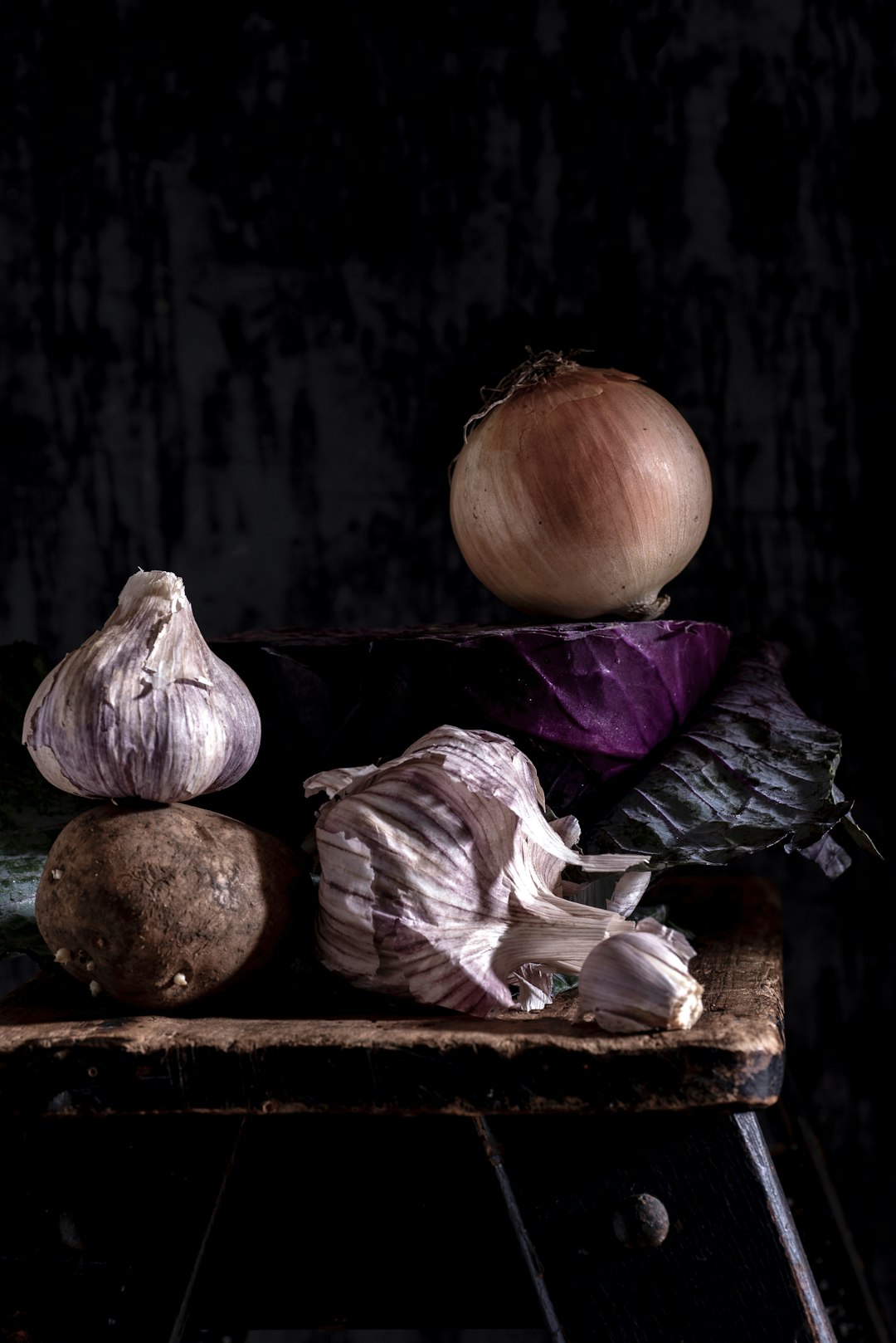The Hidden Potential of Used Tea Bags

When it comes to tea, most people simply steep a tea bag, enjoy the fragrant brew, and then toss the used tea bag away. However, what if I told you that those seemingly spent tea bags still have a lot to offer? Yes, you can reuse tea bags, although you won't achieve the same robust flavor and vivid color as you would with a fresh one. In this article, we'll explore the various alternate uses for tea bags that have already been steeped, as well as touch on some coffee and tea drinks recipes and cooking ideas.
Let's start with the question of reusing tea bags. Reusing a tea bag is a simple process. After you've finished your first cup of tea, don't discard the tea bag right away. Instead, let it dry out a bit. You can place it on a plate or a small rack and leave it in a well - ventilated area for a few hours. Once it's semi - dry, you can use it again. But keep in mind that the second steep will produce a milder flavor. This can be a great option if you prefer a more delicate tea taste or if you're trying to stretch your tea supply.
Now, let's move on to the many non - beverage uses of used tea bags. One of the most well - known uses is for treating sunburns. Tea contains tannins, which have anti - inflammatory properties. When you've had a bit too much sun, take a used tea bag (preferably a black tea bag), let it cool down, and then gently place it on the sunburned area. The tannins can help soothe the skin, reduce redness, and relieve pain. You can even make a larger compress by steeping several used tea bags in a bowl of cool water and then soaking a clean cloth in the liquid and applying it to the affected area.
Another common use is reducing eye puffiness. Lack of sleep, allergies, or excessive salt intake can all lead to puffy eyes. Used tea bags, especially those made from green tea, can come to the rescue. Green tea is rich in antioxidants and caffeine, which can constrict blood vessels and reduce swelling. Simply chill a couple of used tea bags in the refrigerator for about 15 - 20 minutes. Then, lie back, close your eyes, and place the cold tea bags over your eyelids for 10 - 15 minutes. You'll notice a significant reduction in puffiness.
Tea bags can also be beneficial for your plants. Tea contains nutrients such as nitrogen, potassium, and phosphorus, which are essential for plant growth. You can bury used tea bags in the soil around your plants. As the tea bag decomposes, it releases these nutrients into the soil, acting as a natural fertilizer. This is especially good for acid - loving plants like azaleas, rhododendrons, and camellias. You can also make a tea - based liquid fertilizer by steeping several used tea bags in a large container of water for a few days. Strain the liquid and use it to water your plants.
Now, let's shift our focus to coffee and tea drinks recipes and cooking. For a refreshing iced tea, you can use both fresh and reused tea bags. Start by steeping a few tea bags in hot water for about 5 minutes. Remove the tea bags and let the tea cool. Then, add ice cubes, a slice of lemon, and a bit of honey for sweetness. You can also experiment with different flavors by adding fruits like strawberries or mint leaves.
When it comes to cooking, tea can add a unique flavor to your dishes. For example, you can use tea - infused broth in soups or stews. Steep a couple of tea bags in hot water to make a strong tea. Then, use this tea as a base for your broth. The tea will impart a subtle, earthy flavor to the dish. You can also use tea to marinate meats. The tannins in the tea can help tenderize the meat and add a depth of flavor. Simply soak the meat in a tea - based marinade for a few hours before cooking.
In conclusion, tea bags are not just for one - time use. Whether you're looking to reuse them for a milder cup of tea, treat various ailments, fertilize your plants, or add flavor to your cooking, there are numerous ways to make the most of these humble tea bags. So, the next time you finish a cup of tea, think twice before throwing that tea bag away!